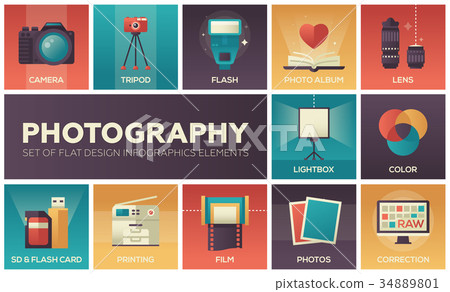Digital Photography Tips For Beginners: Understanding Your Camera In No Time At All
Digital Photography Tips For Beginners: Understanding Your Camera In No Time At All
Blog Article
Uploaded By-Barrett Ploug
When you first grab your cam, it can really feel frustrating with all the settings and choices available. https://blogfreely.net/bonnie8nigel/how-to-develop-a-photography-profile-that-attracts-attention could find yourself wondering just how to browse aperture, shutter speed, and ISO properly. Mastering these basics is critical, however there's more to digital photography than simply technical knowledge. Understanding make-up strategies and lights conditions can boost your pictures drastically. So, what if you could find out straightforward techniques to enhance your skills and begin capturing excellent pictures faster than you think? Allow's explore just how to transform your photography trip.
Recognizing Electronic Camera Settings
Recognizing your camera settings is important for capturing sensational photos. When you pick up your cam, familiarize on your own with the 3 major settings: aperture, shutter rate, and ISO. Each plays an essential duty in just how your photos end up.
Start with aperture, which controls the quantity of light getting in the lens. A bigger aperture (reduced f-number) allows more light and produces an attractive background blur, perfect for portraits. Conversely, a narrower aperture (greater f-number) maintains even more of the scene in focus, ideal for landscapes.
Next off, concentrate on shutter rate. This setup identifies how long your electronic camera's sensing unit is revealed to light. A fast shutter speed freezes activity, which is wonderful for activity shots, while a slow-moving shutter speed can produce spectacular effects like smooth water in landscapes.
Last but not least, change your ISO. This setting affects your camera's level of sensitivity to light. A higher ISO is useful in low-light scenarios but can introduce sound or grain. Aim for the most affordable ISO possible while still achieving correct direct exposure.
Composition Strategies
When you're out capturing, composition can make all the distinction in how your photos reverberate with visitors. Beginning by using the policy of thirds; visualize your structure split into 9 equal areas with two straight and two vertical lines. Placement crucial elements along these lines or at their crossways to produce equilibrium and passion.
Next, think about leading lines. Business headshot photography in your scene, like roadways or rivers, attract the viewer's eye into the picture, assisting them via the story you're telling.
Do not forget about mounting; use aspects within your scene, like trees or home windows, to create a framework around your subject, adding deepness and focus.
Additionally, watch on your background. A cluttered history can sidetrack from your main subject, while a basic one helps it attract attention.
Finally, try out proportion and patterns; they can produce a striking photo that records attention.
Mastering Lights Conditions
Understanding illumination problems is essential for catching magnificent photographs, as the appropriate light can transform a normal scene into something amazing.
Start by observing natural light at various times of the day. http://alton040barbar.booklikes.com/post/6561503/necessary-photography-equipment-what-you-actually-required-to-get-started and late afternoons supply the most effective light, known as the gold hour. The soft, warm tones throughout these times can boost your images perfectly.
Do not avoid cloudy days either; diffused light can reduce harsh darkness and create a pleasing result, especially for pictures.
Try out backlighting by placing your topic against the light. This method can develop a wonderful halo impact and include depth to your photos.
Pay attention to your cam setups as well. Change the ISO, aperture, and shutter rate to fit the lighting conditions. A greater ISO can assist in low light, but be cautious of grain.
Use a tripod in darker environments to prevent blur.
Last but not least, do not forget fabricated lighting. Flash and constant lights can be terrific devices for regulating light in tough problems.
Conclusion
In conclusion, mastering your electronic camera does not need to be frustrating. By understanding your setups, using composition techniques, and taking advantage of the power of natural light, you'll rapidly boost your digital photography skills. Bear in mind, exercise makes best, so venture out there and experiment with your newly found understanding. With time and commitment, you'll be recording magnificent pictures that reflect your special point of view. Take pleasure in the trip, and don't forget to have a good time while you go to it!
